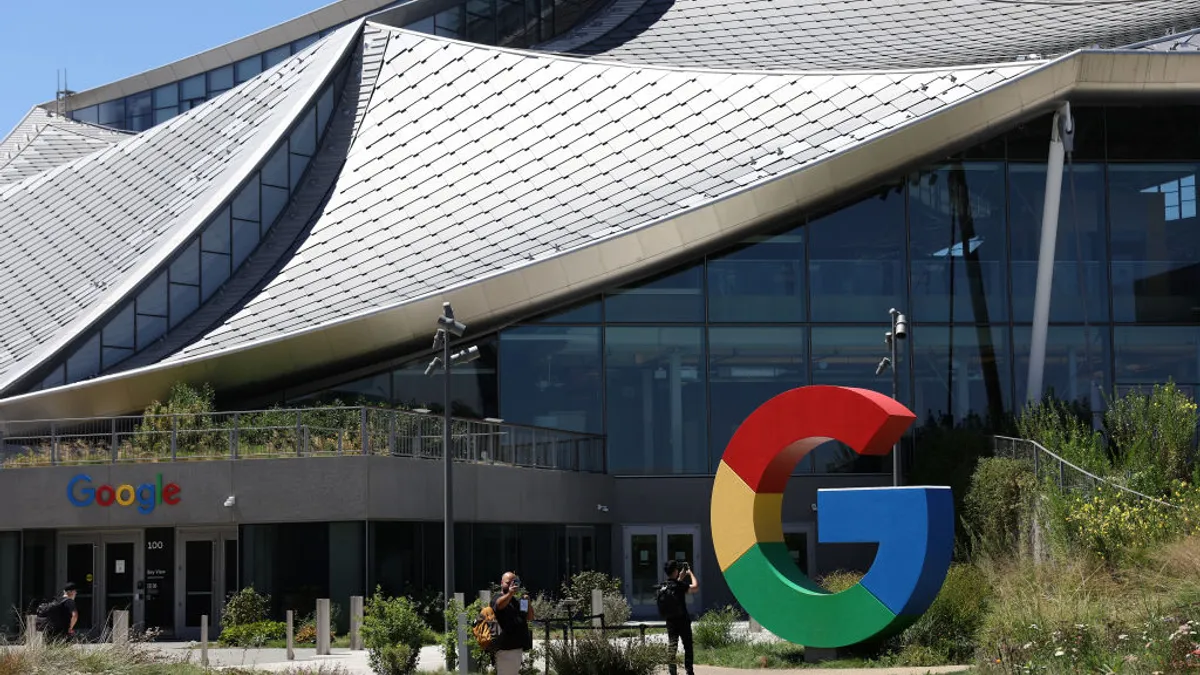The following is a guest post from Lori Goldberg, CEO of digital marketing agency Silverlight Digital.
There are moments every day that we reach for our phones to see what's going on. We find these moments when we're in line at Starbucks, in a crosswalk, at a red light, at the market or right before bed. These are unscheduled moments — often seconds — of impatient downtime where we fidget and pace, waiting for time to pass, and our phones are there for us. We look at our phone for a quick update on the world or to see what's trending. We scan texts and Slack, clear LinkedIn notices, scroll endlessly and search for something to do tonight. These moments are reactions to environmental triggers in our brains that may include boredom, hunger, thirst, curiosity, reactions to weather, fear and stress or anticipation of an evening with nothing to do. Often these moments are habitual. They're patterns of human behavior that produce cognitive maps that we walk each day.
For digital advertisers, these cognitive maps reveal valuable insights into where and when we reach for our phone. It's in these moments that advertisers influence and quell distraction by providing answers, ideas and instruction through advertising platforms designed — by no coincidence — to reflect behaviors within the brain.
Influencing your hippocampus
A primary function of the brain is to take in environmental information through sensory inputs — eyes, ears, nose and so on — then generate a behavioral response that's the result of sensory interpretation. The hippocampus governs memory and spatial memory, meaning navigation in a geographical sense. It helps us move and react to our environment and make informed decisions on the world around us, including memories of past experiences that act as data to nurture choices. It's where memories are stored.
Hippocampus and cognitive mapping
To illustrate how the hippocampus and cognitive mapping work together to create moments of influence, consider this: Today, there's a woman in New York who completes her work day and walks seven blocks home through streets highly stimulating to her hippocampus. This is her daily journey, and her cognitive map reacts to sensory data along the route — smells, sights, loud noises and an acute sense of location fueled by street names and familiar places. Hungry for dinner, she waits at a busy crosswalk, unlocks her phone and searches recipes on Google as she crosses with a crowd. Ads for a new organic pasta sauce catch her attention, and the decision is easy. When she nears the market on the other side of the street, a mental trigger from her hippocampus makes her pause and think, "better grab a few items while I'm nearby." This is her routine. She goes into the market to find the organic pasta sauce she made a mental note of earlier. It's not unusual to shop for dinner at this time. Many people do it. In fact, so many people do it that markets staff additional cashiers at this hour to accommodate people's cognitive maps and keep the lines moving. She finds the sauce and a box of pasta and moves to the checkout line. Waiting, a stimulus triggers her to check her phone again while the conveyor belt inches her items forward. She opens Facebook, scrolls and then it hits her. A Facebook ad promotes a new binge-worthy series premiering on Netflix tonight. The timing is perfect. Her groceries bump forward again. She reaches for a box of microwave popcorn and surfs for reviews of the new show as the cashier scans her items.
Pasta sauce, Netflix and microwave popcorn are purchase decisions made in the unscheduled moments of her day when she reached for her phone. These moments are spurred by environmental stimulus, yet the window of opportunity is etched across her cognitive map and triggered by a sensory reaction in her hippocampus. These are moments that occur every day. For digital advertisers, it's that magic moment in time to offer an idea designed to suit a consumer's needs and tickle their hippocampus, resulting in a quick trip to the market, driving sales and a fun night on the sofa.











